Revisiting Federal Student Loan Forgiveness: An Update Based on the White House Plan

On August 24, 2022, the White House released a plan to cancel federal student loans for most borrowers. In April, we wrote about the costs and who most benefits from a few hypothetical loan forgiveness proposals using our Consumer Credit Panel, based on Equifax credit report data. In this post, we update our framework to consider the White House plan now that parameters are known, with estimates for the total amount of forgiven loans and the distribution of who holds federal student loans before and after the proposed debt jubilee.
The Role of Educational Attainment in Household Debt and Delinquency Disparities
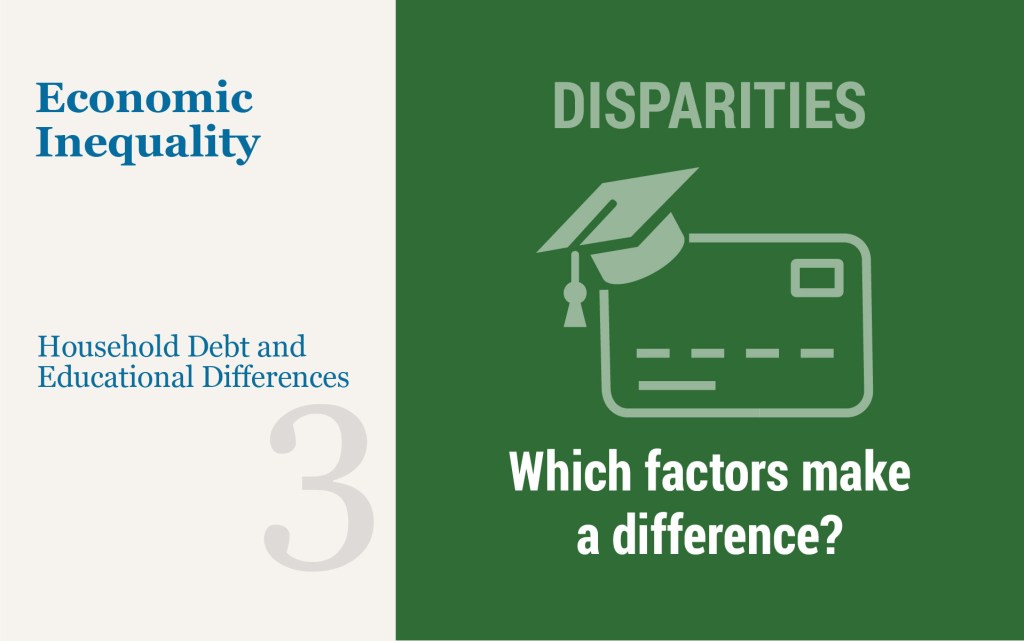
This post concludes a three-part series exploring the gender, racial, and educational disparities of debt outcomes of college students. In the previous two posts, we examined how debt holding and delinquency behaviors vary among students of different race and gender, breaking up our analyses by level of degree pursued by the student. We found that Black and Hispanic students were less likely than white students to take on credit card debt, auto loans, and mortgage debt, but experienced higher rates of delinquency in each of these debt areas by the age of 30. In contrast, Black students were more likely to take out student debt and both Black and Hispanic students experienced higher rates of student debt delinquency. We found that Asian students broadly followed reverse patterns from Black and Hispanic students by age 30. They were more likely than white students to acquire mortgages and less likely to hold student debt, but their delinquency patterns were in general similar to those of white students. Women were less likely to hold an auto loan or mortgage and more likely to hold student debt by age 30, and in most cases their delinquency outcomes were indistinguishable from males. In this post, we seek to understand mechanisms behind these racial and gender disparities and examine the role of educational attainment in explaining these patterns.
Unequal Distribution of Delinquencies by Gender, Race, and Education
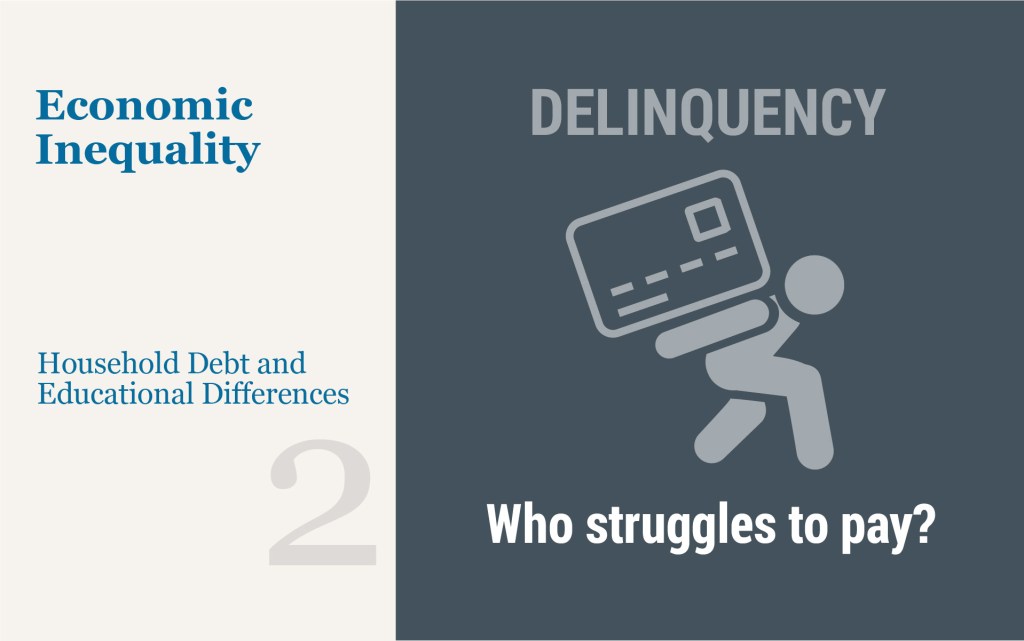
This post is the second in a three-part series exploring racial, gender, and educational differences in household debt outcomes. In the first post, we examined how the propensity to take out household debt and loan amounts varied among students by race, gender, and education level, finding notable differences across all of these dimensions. Were these disparities in debt behavior by gender, race, and education level associated with differences in financial stress, as captured by delinquencies? This post focuses on this question.
Delaying College During the Pandemic Can Be Costly

Many students are reconsidering their decision to go to college in the fall due to the coronavirus pandemic. Indeed, college enrollment is expected to be down sharply as a growing number of would-be college students consider taking a gap year. In part, this pullback reflects concerns about health and safety if colleges resume in-person classes, or missing out on the “college experience” if classes are held online. In addition, poor labor market prospects due to staggeringly high unemployment may be leading some to conclude that college is no longer worth it in this economic environment. In this post, we provide an economic perspective on going to college during the pandemic. Perhaps surprisingly, we find that the return to college actually increases, largely because the opportunity cost of attending school has declined. Furthermore, we show there are sizeable hidden costs to delaying college that erode the value of a college degree, even in the current economic environment. In fact, we estimate that taking a gap year reduces the return to college by a quarter and can cost tens of thousands of dollars in lost lifetime earnings.














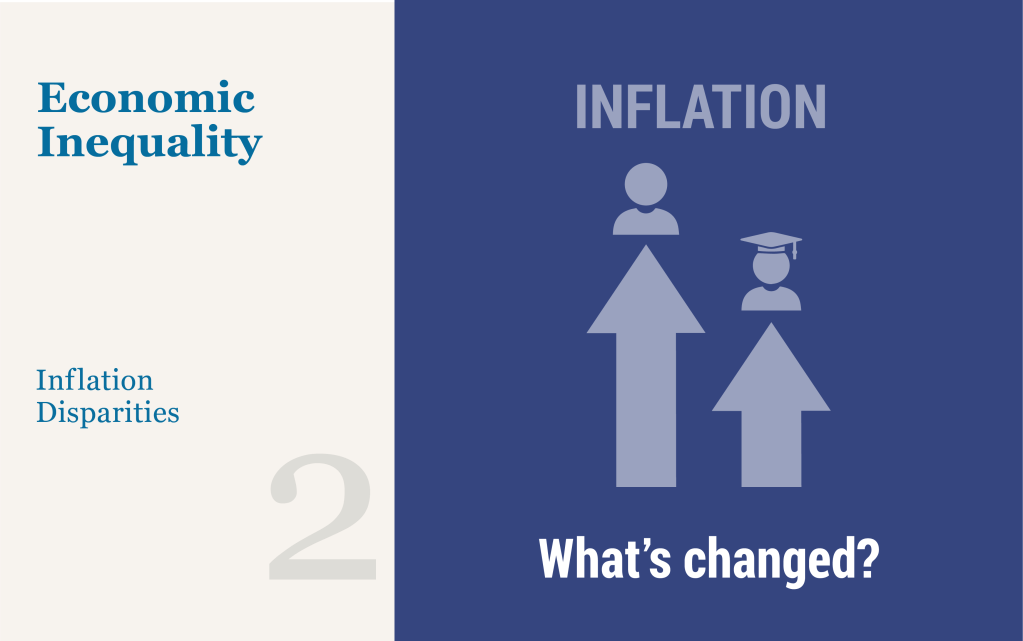

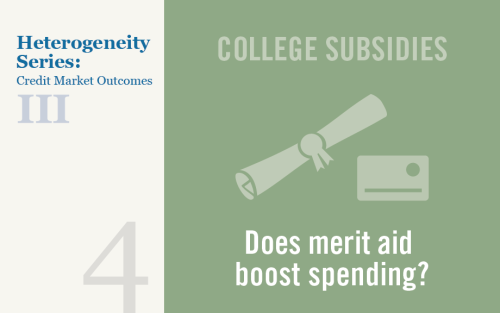
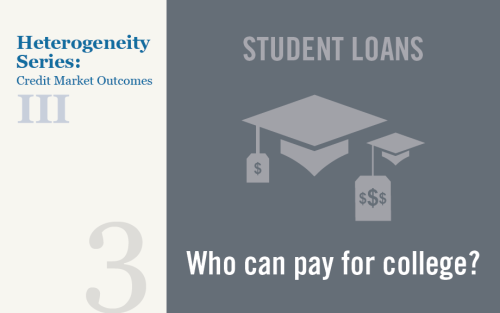
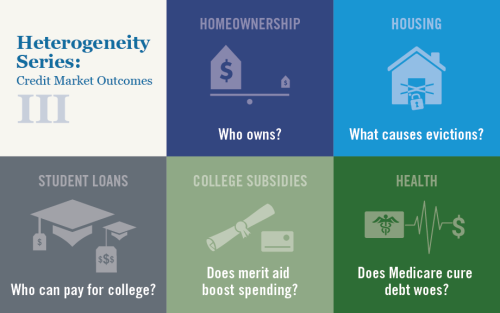

 RSS Feed
RSS Feed Follow Liberty Street Economics
Follow Liberty Street Economics